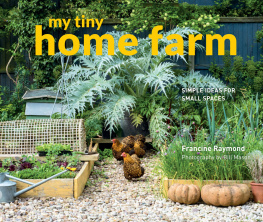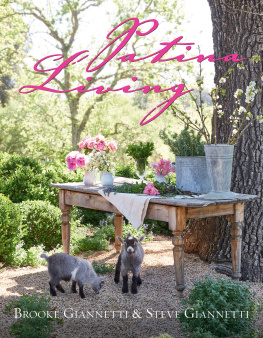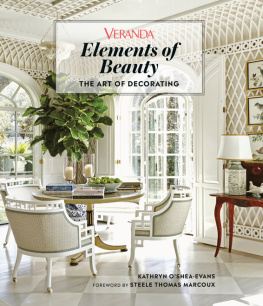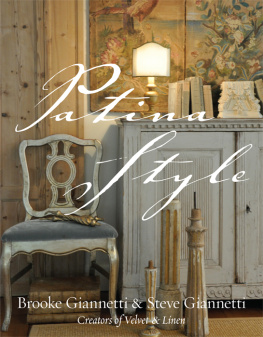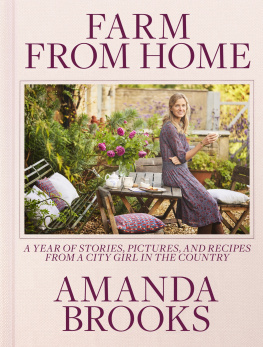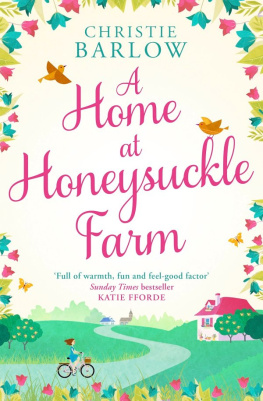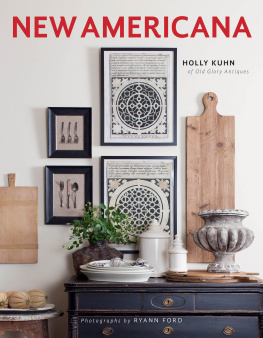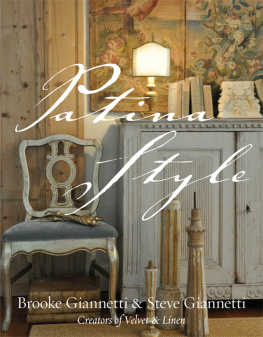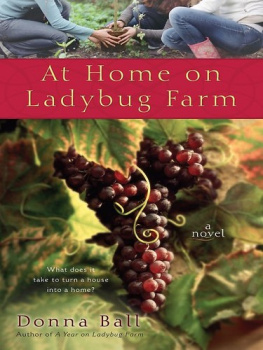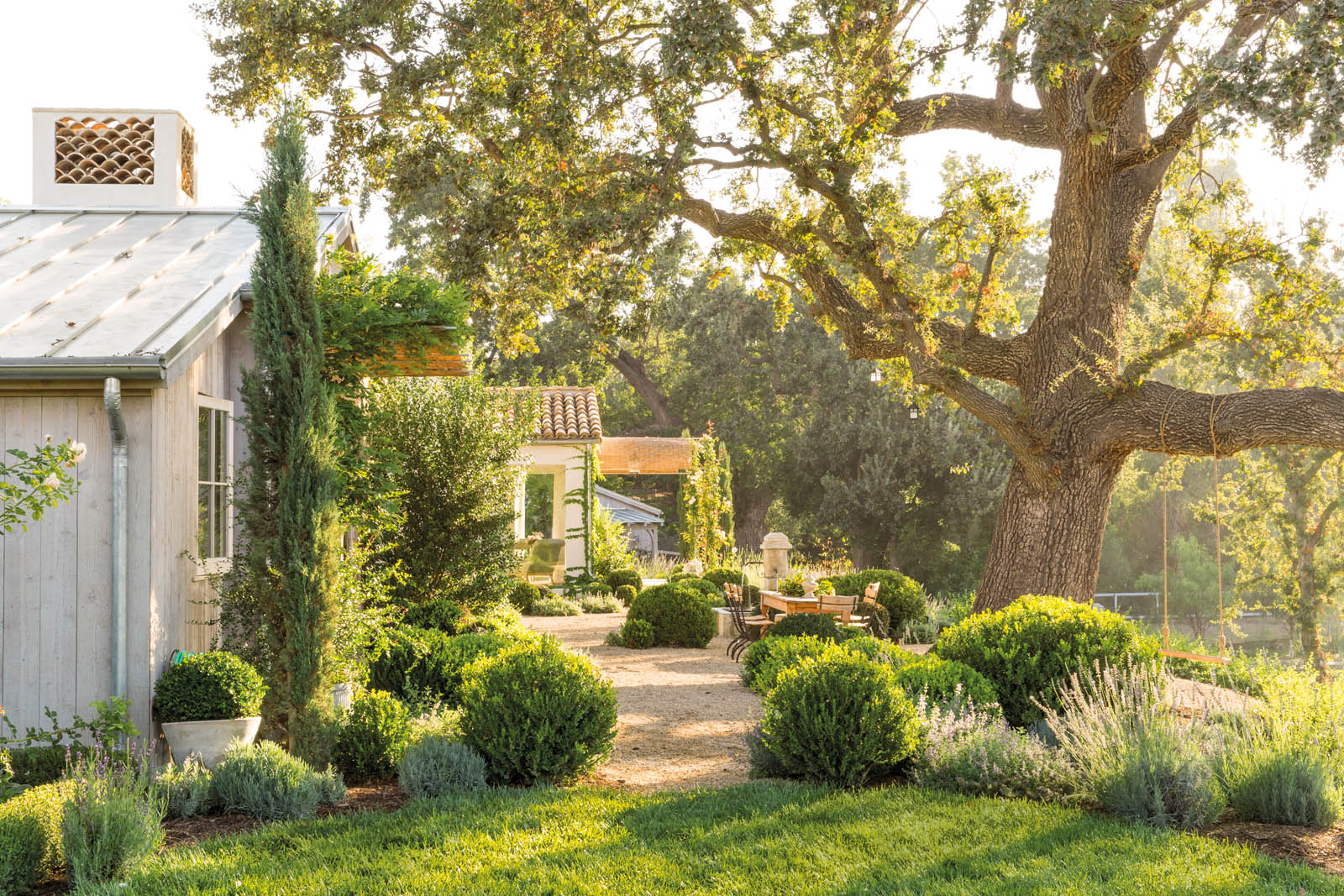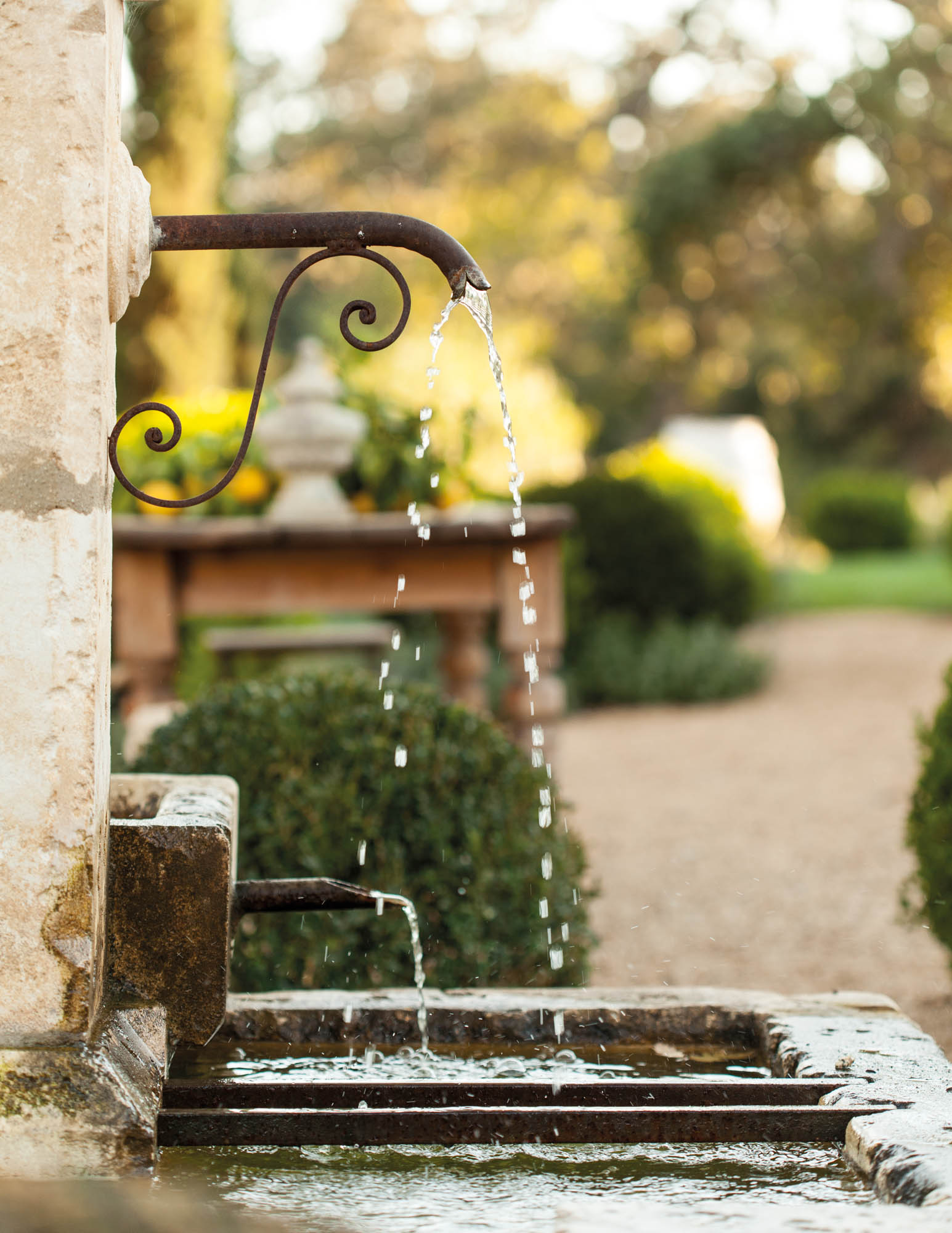Foreword
There are a lot of properties in the world that make a statement. Some are brash, some bold, while others are simply brilliant. The Biltmore in North Carolina is best known for its sheer size as the largest house in America. Hearst Castle in San Simeon can be counted on for its grandiosity and opulence. And think about Monticello for the brilliance of its design, much of it cutting-edge in the late eighteenth century. But, of course, a house doesnt have to be big to make an impact. Cole Porters legendary pied--terre at the Waldorf Towers was a master class on chic style in the 1950s, and Vogue editor Diana Vreelands apartment, which was ablaze in red chintzher garden in hell, as she put itwas as much a reflection of her as the clothes she wore. As with Vreelands home, the common thread with all of these places, big or small, is that they encapsulated their owners visions, personalities and desires in exacting detail and with a confidence not often seen in design today.
But, right now, on five acres in the heart of the Ojai Valley in California, is a place that has emerged over the past three years as the best case study of confident design married with passion and purpose. Its not as over-the-top or attention-seeking as some of the aforementioned homes. In fact, it excels in its understatement. Hidden from street view by a bank of white roses, the house and landscapetreated as onefosters a respect for nature, for space, for light and air. There, everyday moments are celebrated, and that place is Patina Farm.
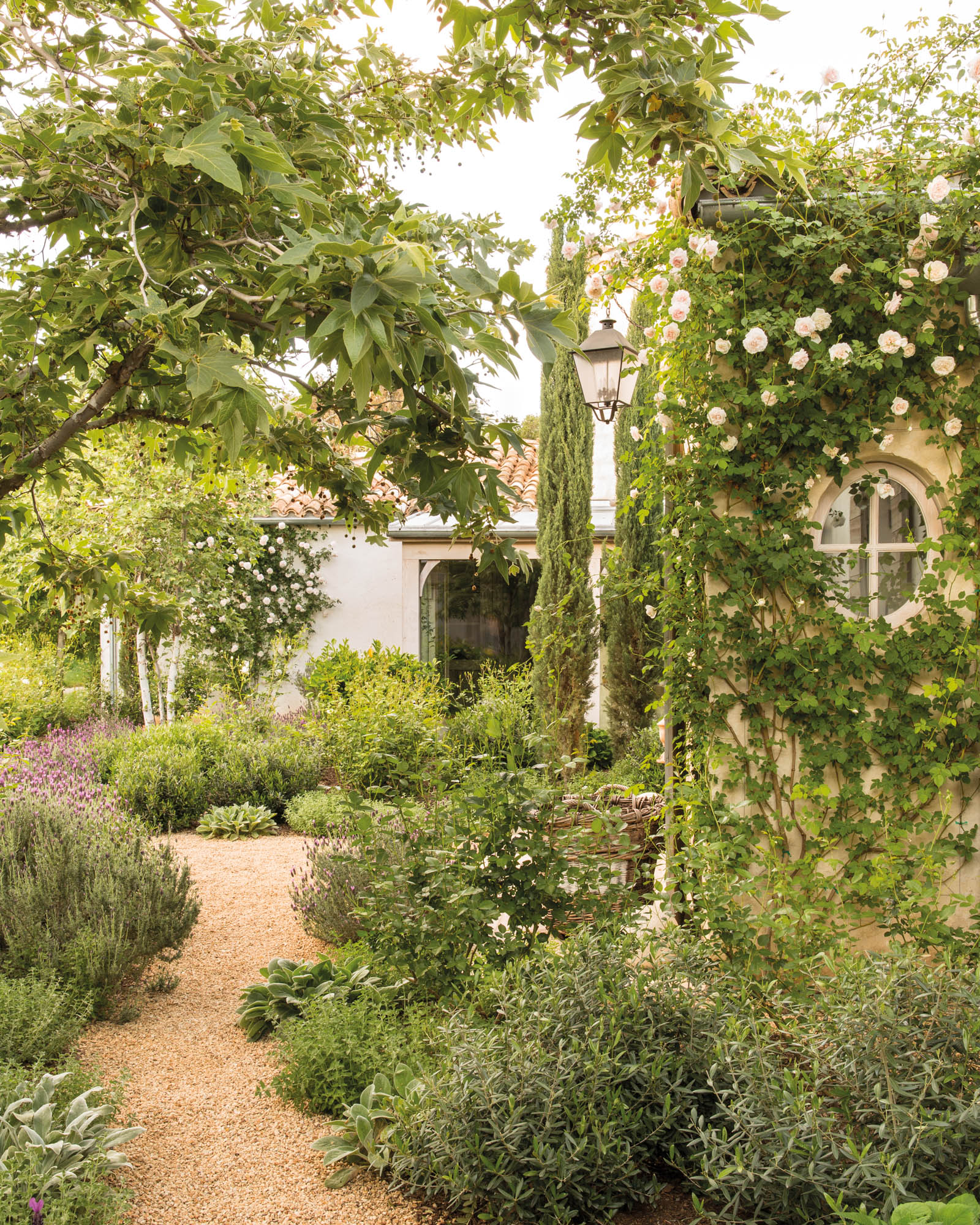
The vision that Brooke and Steve Giannetti have executed celebrates the good life and the art of living well. Artfully designed and executed, the houselike its ownersis a study in unpretentious elegance. Casual, comfortable style blurs the lines between indoors and out. Yet beyond the stalwart stone faade, hand-finished plaster walls and antique tile roof, its the spirit of the place that emanates. When youre at Patina Farm, you feel it through the waft of lavender in the backyard, the sound of crunching pea gravel underfoot on the back terrace, boughs of freshly cut lemons on the kitchen island, the jolly nature of miniature donkeys and Silkie Bantam chickens that have the run of the place.
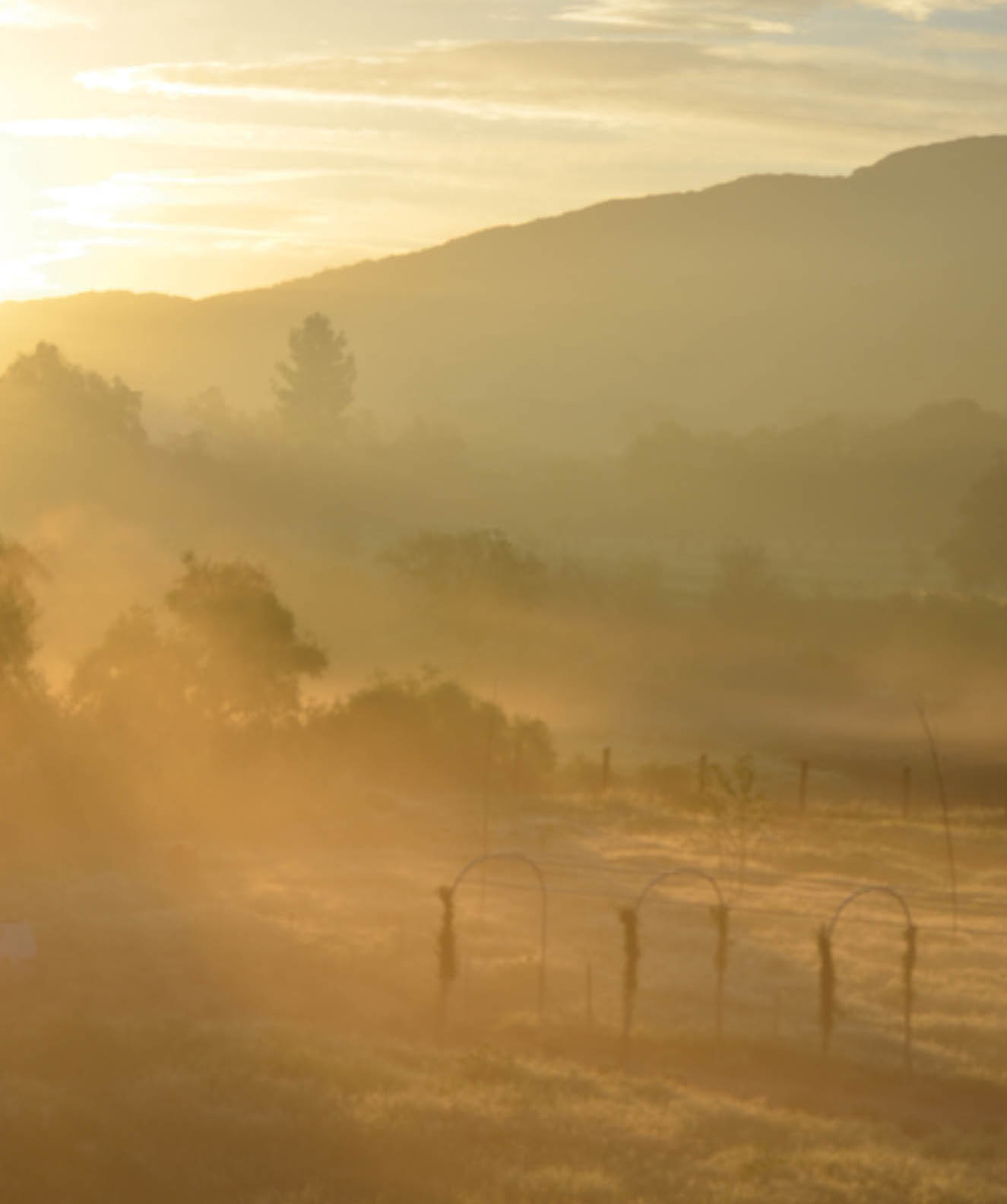
Photography by Brooke Giannetti and Steve Giannetti.
And while the owners didnt set out to create a Biltmore or Monticello (and why would they?), there are, indeed, similarities: a demand for authentic materials, an unerring eye for quality craftsmanship, a respect for nature and, it goes without saying, the reverence for a beautiful patina, whether it be from the timeworn finish on an antique Swedish table, a tarnished silver box or a thread-bare French bergre. The Giannettis quest for the best, as well as living consciouslyright now, in the momentis a testament to their passion for life, which has a lasting impact greater than any brick and mortar structure. Thats the story and legacy of Patina Farm.
Clinton Smith, Editor-in-Chief, Veranda
Introduction
For Steve and me, our dream to build Patina Farm started as a few small seeds of change. We had enjoyed living in our lovely home on a small lot in Santa Monica for 10 years. A seed that began as a few vegetables in some planters blossomed into a large kitchen garden where our front lawn had once stood. Another seed grew into a chicken coop large enough for eight hens to roam.
The focus of our free time began to center on nature. I spent more time tending to the garden and the chickens, Steve found calm painting landscapes, and our daughter Leila discovered a love for horses. The happiness and satisfaction of these new experiences furthered our desire to make larger changes to our lifeto think of a life beyond our small suburban lot, a life on a farm.
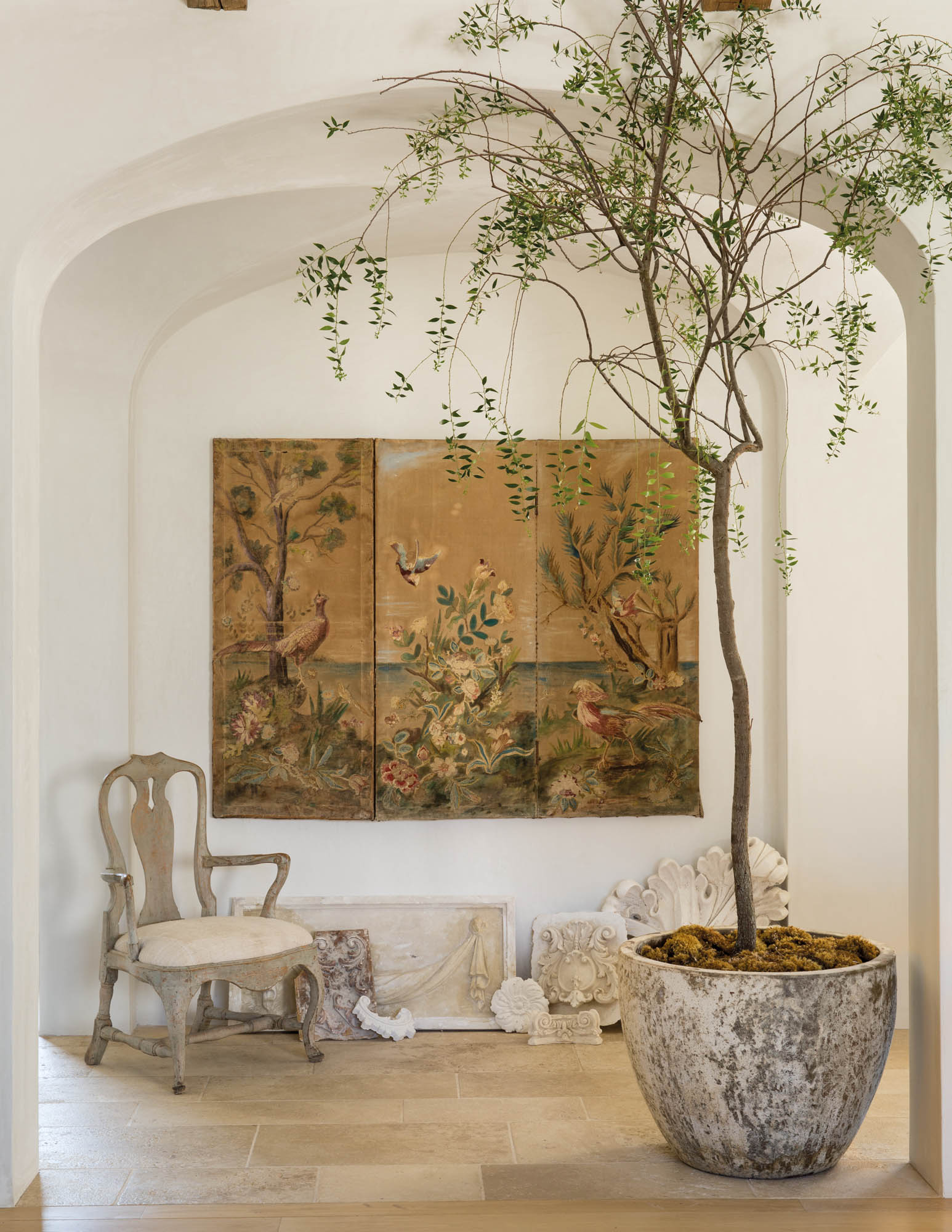
The design of Patina Farm mixes classical and modern architectural details. In our entry hall, an elegant series of vaults appear as if they were sculpted out of white plaster. Having no baseboard or moldings around the doors or on the ceiling gives the space a more modern aesthetic.
During this same time, opportunities were guiding us towards our new life. A design project in Ojai introduced us to an idyllic country town surrounded by natural beauty, where we discovered a lush five-acre piece of land with plenty of room for gardens, assorted animals and an artists studio. As we started to realize that our seedling ideas were now blossoming into a beautiful dream, we spent all of our free time imagining Patina Farm.
We began the process using the same design philosophy that we described in our first book, Patina Style , finding inspiration in the natural beauty on the property that would eventually surround our new home. The colors in the landscape helped us refine our palette and finish selections. They would include natural materials that would age beautifully over timegalvanized steel, chalky limestone, and pale white oak. Our selections would include antique elements that would bring their own history to Patina Farmgrayed vintage barn beams as well as faded antique wood doors and moss-covered terra-cotta roof tiles from France. These worn elements would be balanced by the modern simplicity of smooth white plaster walls, clean sheets of glass and slender steel doors. Bringing these pieces together would produce an interplay between rustic and refined.

When we first drove up to the property, we fell in love with these two magnificent oak trees. We knew that they would become the centerpiece of the design of our new home. Photography by Brooke Giannetti and Steve Giannetti.
As we continued our search for inspiration, Steve and I also reminisced about our past experiences and family history. During these discussions, it became obvious that the design of Patina Farm would be influenced by Steves classical architectural training as well as his time spent in his familys ornamental plaster studio. The materials, textures and colors of Giannettis Studio provided some of the strongest inspiration for Patina Farm. The chalky palette of vintage plaster and wood carvings combined with scaffolding shelves, galvanized metal and aged concrete, all covered with a fine layer of white dust, created the perfect palette. The casual display of the items stacked on the floor and shelves is reflected in the way we used decorative plaster pieces in our home.



